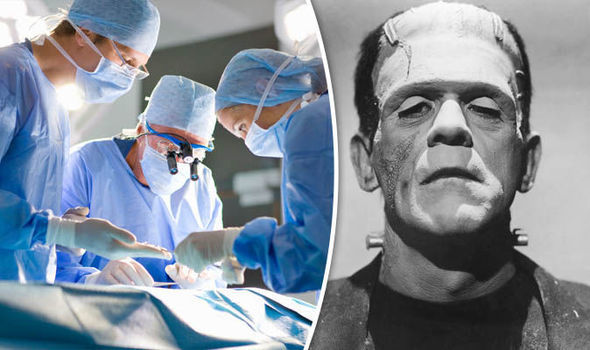The first ever human head transplants could be achieved within the next decade, claims a former NHS neurosurgeon who believes he knows how the feat of moving a person’s consciousness to another body could be made to work.
Bruce Mathew, who is a former clinical lead for neurosurgery at Hull University Teaching Hospitals NHS Trust, believes that in near future surgeons will succeed to transplant a person’s head along with the entire spinal cord into another individual’s body.
Even though this process may sound fictional, Dr Mathew believes that the advancements in nerve surgery, robotics and stem cell transplants will help to make that head transplant along with the spinal cord a reality before 2030.
As reported by The Telegraph, the veteran surgeon stated that it is not impossible to transplant the brain and keep the spinal cord attached. He claimed that “The spinal cord is the most profound thing imaginable. You need to keep the brain connected to the spinal cord. The idea that you cut the split the spinal cord is utterly ridiculous.”
Head transplant would have helped Stephen Hawking?
Dr Mathew has clarified that this surgery won’t help people with spinal injuries. But it will help patients with degenerative muscle diseases such as ALS or MND and suggests that it could also allow people to be given robotic bodies.
The foremost example could be that it could have saved the world’s brilliant brains, late physicist Stephen Hawking who was diagnosed with amyotrophic lateral sclerosis (ALS) in 1963 and remained confined to a wheelchair throughout till his death in 2018. ALS can damage a patient’s brain, the spinal cord or peripheral nerves, which connect the brain and spinal cord to the rest of the body. The head transplantation along with the spinal cord may spell the most-awaited solution to such life-threatening diseases.








